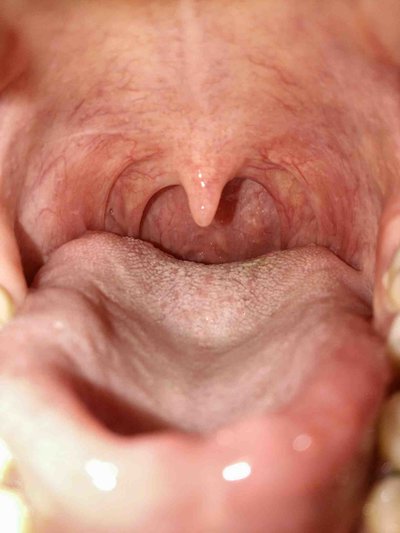Symptoms of salivary gland cyst in oral mucosa
summary
Mucous cyst is a superficial cyst formed by * secretory fluid retention after oral mucous membrane small salivary gland obstruction. Mucocele is a common disease of oral mucosa. The main reason is the rupture of salivary duct due to slight trauma; Salivary protein spills into the tissue. Symptoms of salivary gland cyst in oral mucosa? Let's talk about it
Symptoms of salivary gland cyst in oral mucosa
The clinical manifestation of mucocele is located under the mucosa, about the size of soya bean, showing a translucent painless blister. After rupture, mucus may flow out and the swelling subsides, but it may recur soon. After repeated recurrences, the surface of the cyst is often grayish white due to scar.

Mucocele occurs in oral mucosa, small (often soybean size), clear edge, transparent vesicle, painless. Most of them had a history of injury (local bite was the most common). After the ulceration, a viscous white liquid flowed out and the tumor disappeared temporarily, but the ulceration healed quickly and the tumor reappeared.

Large salivary gland cyst (sublingual gland, submandibular gland and parotid gland) is the swelling of the diseased part. It may have obstructive symptoms (that is, the swelling is aggravated when eating, and gradually eases after eating). The salivary gland duct mouth can not squeeze out secretory fluid, or discharge discolored and odorous fluid. The puncture can extract viscous white liquid.

matters needing attention
1. Cystectomy is suitable for those who have no adhesion between cyst and mucous membrane. 2. Cyst resection is suitable for patients with multiple recurrence or local scar, adhesion between cyst and mucosa. 3. If the patient is not willing to undergo the operation, 0.2-0.5ml of 2% iodine tincture can be injected into the cyst cavity after draining the cyst fluid, and then iodine tincture can be extracted after staying for 2-3min to make the cyst fibrotic.













